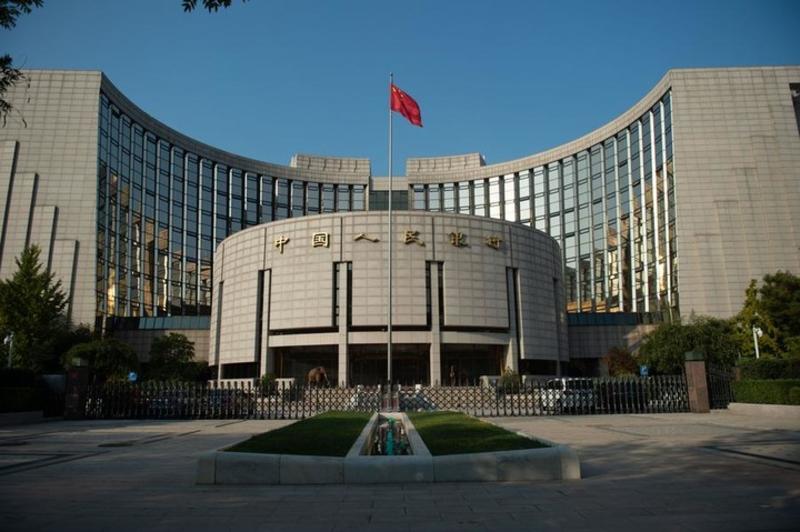More market stabilization steps detailed
New relending facility created to support consumption in key sectors


China's latest incremental financial measures to stabilize market expectations will help to further consolidate market recovery by ushering in more long-term capital and boost investors' sentiment with the continued advancement of capital market reform, said officials and experts.
A sweeping set of policies were issued by China's key financial regulators during a news conference on Wednesday. The People's Bank of China, the country's central bank, announced 10 measures including lowering the reserve requirement ratio by 0.5 percentage points and establishing a new 500 billion yuan ($69.2 billion) relending facility aiming to bolster consumption in the service sector and elderly care.
China Securities Regulatory Commission, the country's top securities watchdog, released four measures including deepening reform in the technology-focused STAR Market at the Shanghai bourse and ChiNext in Shenzhen, aiming to make the policies more inclusive and adaptable when it comes to layered supervision and investors' protection.
CSRC Chairman Wu Qing said that more efforts will be made to facilitate long-term capital inflow into the stock market. The action plan to promote the high-quality development of the Chinese mutual fund industry was released later on Wednesday.
The new action plan aims to strengthen ties between fund managers and individual investors, stressing funds' long-term returns, improving fund companies' capabilities in research, product design and risk management, as well as supporting the expansion of equity-focused mutual funds.
Companies such as Central Huijin Investment Ltd, an arm of China's sovereign wealth fund, will be fully supported to serve as the country's stabilization fund. The CSRC will also complete the long-term mechanism under which the capital market can support the Chinese central bank's monetary tools.
PBOC will firmly support Central Huijin to increase its holdings in stock-based exchange-traded funds when necessary. Adequate relending support will be given for such moves, Pan Gongsheng, PBOC governor, said at the news conference.
According to market tracker Wind Info, Central Huijin increased its exposure to four ETFs by a minimum 20 percent respectively during the first quarter of the year. As explained by Li Qiusuo, chief strategist at China International Capital Corp's research department, Central Huijin usually focuses on broad-based ETFs when it increases its holding. This will help to promote passive investment and avoid drastic fluctuations in individual stocks or certain industries.
The eight measures released by National Financial Regulatory Administration's head Li Yunze on Wednesday also touched upon the capital market.
The pilot scope that insurance capital is eligible for long-term investment will be further expanded. An additional 60 billion yuan of insurance capital will be approved for such investment in the near term to bring in more capital into the A-share market.
Solvency regulatory rules for insurers will be adjusted, lowering the risk factor of stock investment by 10 percent, said Li.
Guo Jinlong, director of Research Center for Insurance and Economic Development at China Academy of Social Sciences, explained that the lowered risk factor means that insurance companies can invest in more stocks with the same amount of capital. This is likely to usher in more capital inflow into the stock market and elevate market activity, he said.
The stock market made positive response to the collective measures. The benchmark Shanghai Composite Index gained 0.8 percent to close at 3342.67 points on Wednesday while Shenzhen Component Index added 0.22 percent. The combined trading value at the Shanghai and Shenzhen exchanges approached 1.47 trillion yuan, up 9.9 percent from a day earlier.
shijing@chinadaily.com.cn




































